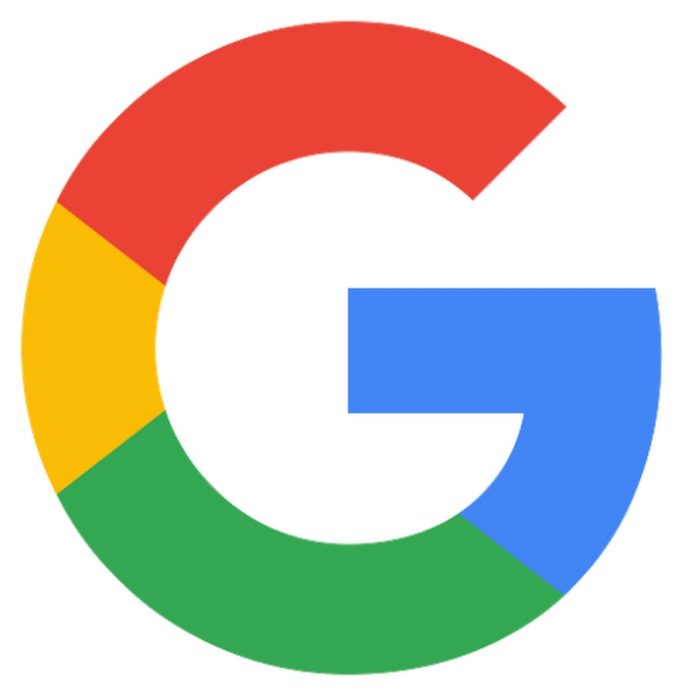Financial institution retail banking executives and marketers have been ruminating over the upcoming introduction of the co-branded Google Cache banking account since the minimal details about it, and the tech giant’s partnership with two financial institutions to offer it, came out in late fall of 2019. In the absence of many actual facts, they have been speculating, contemplating both the possibilities for a financial institution teaming up with one of the world’s most unique companies and the potentially painful downside of competing with that same big tech.
Details about the Google transaction account partnerships struck between Citibank and Stanford Federal Credit Union remain meager, with a few nuggets coming out in interviews and other venues since the handful of facts released in late fall of 2019. The co-branded accounts, which will in time be available for additional institutions to participate in, according to Google, could debut in spring 2020. Google has been mum since the initial news, stating as recently as early February 2020 in response to a query from The Financial Brand that there are no updates to discuss.
Yet contemplation of the entry of Google into banking deposits, and ahead of Amazon — the organization everyone had been watching before the news broke — has been tantalizing. The existing pair of deals, and any that follow, could be one of the biggest experiments in the concept of embedding banking services in another company’s activities, or, from another perspective, banking-as-a-service.
Michael Corbat, Citigroup CEO, in comments at an industry meeting in late 2019, made the point that Citi was conscious of the need to avoid becoming just “the dumb utility.” Some speculation since then indicates that any bank or credit union tying up with Google could actually be very smart.
“It’s all about reach,” said Richard Crone, CEO at Crone Consulting, LLC, during a webinar dedicated to the issue of Google in banking. “If this deal is a distribution deal, it depends on what properties you bring to the party. For Google, there could be three billion people. If they can bring a pre-validated, multi-factor-authenticated, Know-Your-Customer credentialed audience to be instantly issued accounts, then this becomes a massive new distribution channel opportunity.”
The institutions that get on board with Google could hit a series of grand slams. Corbat said in an interview that part of the intent behind the Google effort is to make banking services available to people who have not had that opportunity before. And then, with the likely appeal to be among younger generations, fresh opportunities beckon.
“The banks and credit unions involved here have the opportunity to expand far beyond what their normal base would be,” suggested Heidi Liebenguth, Managing Partner and Research Director at Crone Consulting, LLC.
Google as a Partner and Google as a Rival
Potentially, “what the Apple Card was to Goldman Sachs, Google could be to every other bank,” said Crone. Of course, Google isn’t likely to partner with thousands of banks and credit unions, so Liebenguth suggests there will likely be “first-mover advantage.” Crone also warned that these deals, and competitive alternatives that may arise, could be offered on a nonnegotiable basis — take the deal as presented or move on.
“The concept will be ‘powered by a bank, accessible via Google.’ It will combine the trust of a bank with the convenience of a tech giant.”
— Vaduvur Bharghavan, Ondot Systems
Both consultants say that institutions won’t have the luxury of ignoring the Google deals, in any event. If they aren’t with Google, they’ll be competing with partnerships offering the accounts. A major strength of fintechs, the consultants indicated, is their known ability to offer a customer experience, and innovation, superior to what most banks and credit unions offer. Those not allying with Google will need to be able to tap internal and vendor expertise to provide competitive digital experiences. What all banks and credit unions bring to the table is the ability to offer insured deposits, connections to traditional payment rails, and regulatory compliance experience. Many have complained for years that their vendors can’t help them keep up with market trends.
“The concept will be ‘powered by a bank, accessible via Google’,” said Vaduvur Bharghavan, CEO at Ondot Systems, during the webinar. “It will combine the trust of a bank with the convenience of a tech giant.” He suggested that teaming up over a deposit product will result in a bigger scope of options for Google and its partners than would a credit card relationship.
What Does Google Get Out of This Arrangement?
Boiled down to its essence, Google is a data company that sells advertising, and that represents a double-edged sword. It’s an advantage for an ally, a risk for a competitor. When the pending deals came to light, Google made the point that it doesn’t want to become a bank. Many see this as meaning that the deals are a data play for Google.
Such a play could benefit both sides of a partnership, Crone suggested, because personalization efforts could help both.
Google has the potential, through its advertising-oriented business and its huge ownership of data, to thoroughly understand much more about consumers than many financial institutions can on their own. This can help banks and credit unions to further personalize their services, according to Crone. He said that this could enable participating institutions to tailor offers to account holders that could drive $300 to $500 in additional annual revenue per transaction accounts. Crone said that is twice what a typical bank or credit union brings in through transaction accounts, and that about half of revenue, at present, comes from penalty fees like overdraft charges.
But there is also the flip side, the data Google would get about consumer purchases, beyond what it already sees through its existing Google Pay operations.
“If they know what you are buying real time, imagine what they could do with that data,” Liebenguth said.
Something that did not come up in the webinar is that the alliances between Google and financial institutions that would tap the giant into payment data would augment Google’s existing data riches at a point when the giant plans major changes. By the end of 2021, Google plans to eliminate usage of third-party cookies on Google Chrome. Some observers have speculated that that step alone would raise the value of the data contained in Google’s “walled garden.” How much more might genuine purchasing data boost that value?
What You’ll Need to Match to Compete
It’s a safe bet that many banks and credit unions will find themselves competing with Google co-branded banking. Bharghavan traced the key features of the likely offering, which are also the points where banks and credit unions would at least need to attempt to beat or at least match the experience:
- Get the card quickly. The virtually instant availability of the Apple Card has set the bar. “This is where tech firms will show the biggest disruption.”
- Enable instant usage. Through the consumer’s mobile device, they will have instant access to their account.
- Have a clear understanding of usage. To be competitive, accounts will have to make it absolutely clear where and for what purpose purchases were made. No more mystery entries.
- Offer simple and available management of accounts. Accounts should provide strong control preferences and self-service.
- Provide ongoing engagement through the device, pushing out rewards and offers, as well as interactive messages.
Crone offered this advice for anyone offering accounts in partnership with a big tech: “The one who enrolls is the one who controls.” Whether working with Google or a competitive tech company, be the party that has the bulk of the customer contact, or your institution will truly become a “dumb utility.” This may be harder than it sounds, allows Bharghavan, because nonbank partners may be running the app that consumers use.
As tempting as adding bells and whistles can be, the speakers added that a friction-free account, designed for ease of use rather than every feature that can be stuffed in, ranks first.
And one final warning: Crone suspects that retailers could get in on the payment part of the Google effort, tapping a tool tried with little success in the past. This is the “decoupled debit card.”
These little-known instruments can be branded by retailer, much like a store card. However, instead of tapping a credit line, when used they create an ACH withdrawal on the consumer’s banking account. And that’s without any official connection between the institution providing the account and the retailer providing the decoupled debit card that enables the consumer to spend from the account.
Retailers would make a great data source for Google too.










